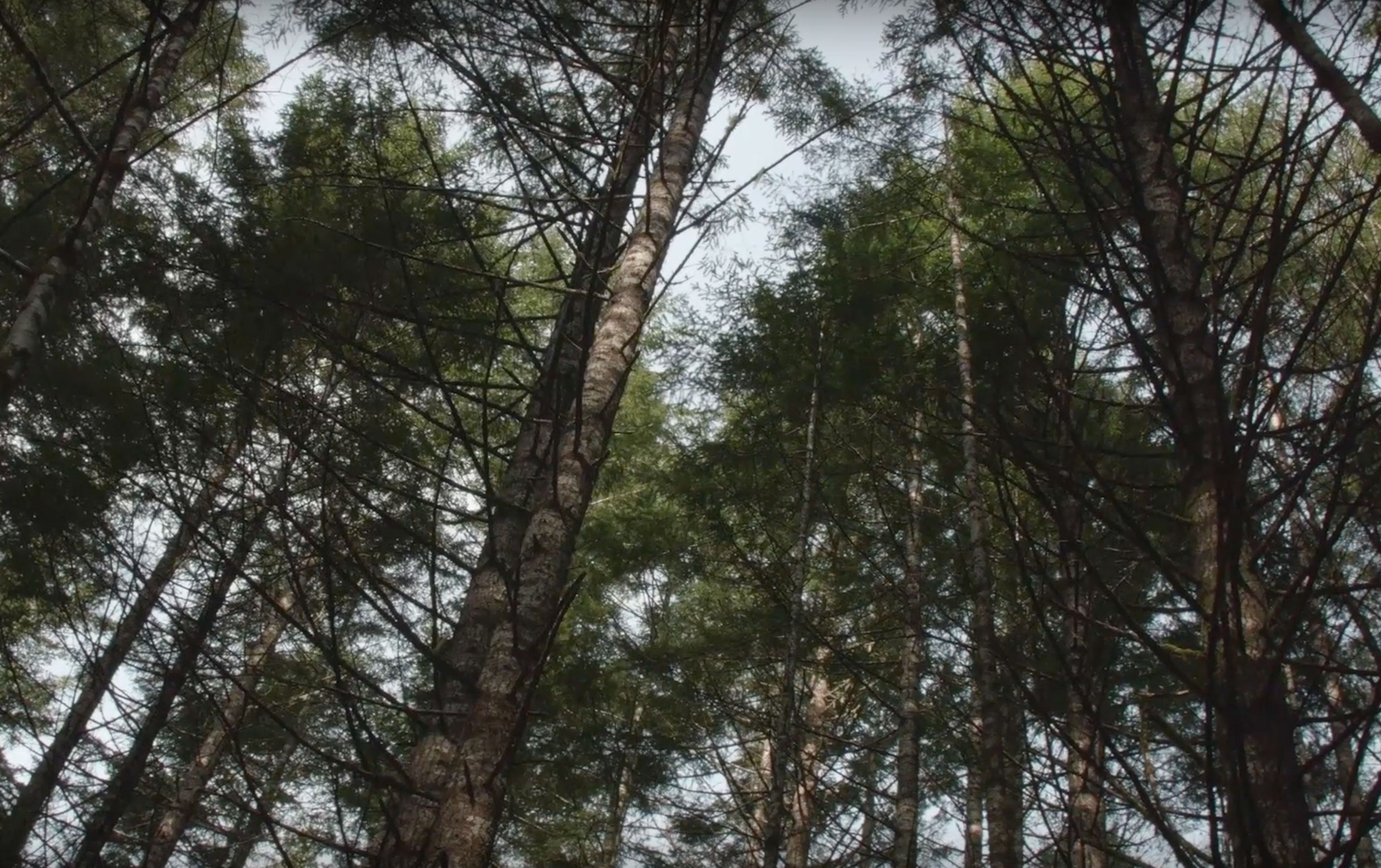 A meeting of the minds on forest issues is rare. Yet an innovative energy project underway in Oregon’s Fremont National Forest has won near-unanimous support from stakeholders who are often at odds. That’s because, in the words of OSU’s Hal Salwasser, dean of the OSU College of Forestry, “It’s an integrated solution to a multifaceted problem.”
A meeting of the minds on forest issues is rare. Yet an innovative energy project underway in Oregon’s Fremont National Forest has won near-unanimous support from stakeholders who are often at odds. That’s because, in the words of OSU’s Hal Salwasser, dean of the OSU College of Forestry, “It’s an integrated solution to a multifaceted problem.”
Broadly, the facets of the problem are unthinned forests (posing fire risks), unemployed woods workers (hurting rural communities) and unsustainable energy sources (too costly in dollars and environmental damage). Like many Northwest woodlands, federal forests near Lakeview are primed for summer wildfires, full of tinder-dry underbrush, and stressed and diseased trees. Local economies are smarting from declining logging operations and sawmills. Soaring petroleum prices and worrisome greenhouse gasses are spurring demand for clean, affordable power.
Enter, the Lakeview Biomass Project — a sweeping collaborative of local community leaders, university scientists, an energy company, a timber company (The Collins Companies’ Fremont Sawmill), conservationists and experts in forestry, fisheries and wildlife from federal and state agencies. The partners are cooperating to develop a state-of-the-art power plant designed to burn “biomass” — the excess wood that can otherwise fuel forest fires and choke off productive habitats. The electricity generated will not only supply the Fremont mill but will also enter the grid serving local power customers. Residents will find new jobs in harvesting and hauling the once-unwanted biomass. And the salvaged materials that are suitable for solid wood products will be milled, another boon to jobs.
The partners hope the new plant will be up and running within a year. So promising is the concept that Governor Kulongoski has designated it as an Oregon Solutions project, appointing Salwasser to head up the Solutions Team along with Lake County Commissioner J.R. Stewart.
OSU faculty and students will assist with field studies on ecological impacts of forest thinning and design computer models to account for the project’s “total carbon budget.” Calculations will reflect where carbon is stored and released and include offsets against other forms of electricity generation. “The project has the potential for being a net benefit to the carbon balance and a model for other places,” Salwasser says. “The biological logic is very straightforward. It’s the social and economic parts that are the sticklers.”
- College of Forestry
- Fremont National Forest
- Collins Companies
- Agreement Advances Lakeview Biomass Project (OSU press release, 1-11-06)
- Oregon Solutions Project to Produce Energy, Aid Forest Health (OSU press release, 4-25-05)




